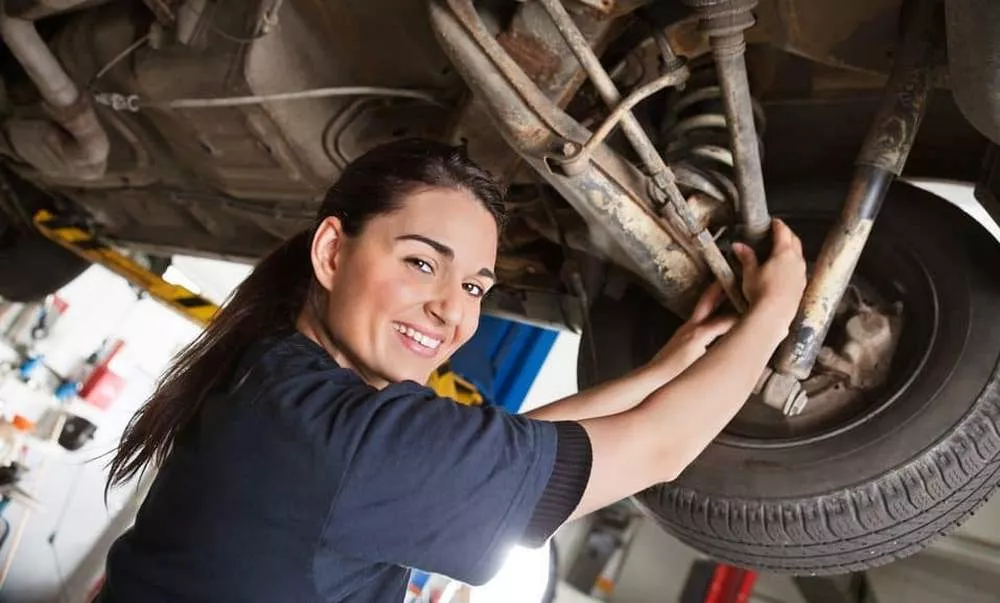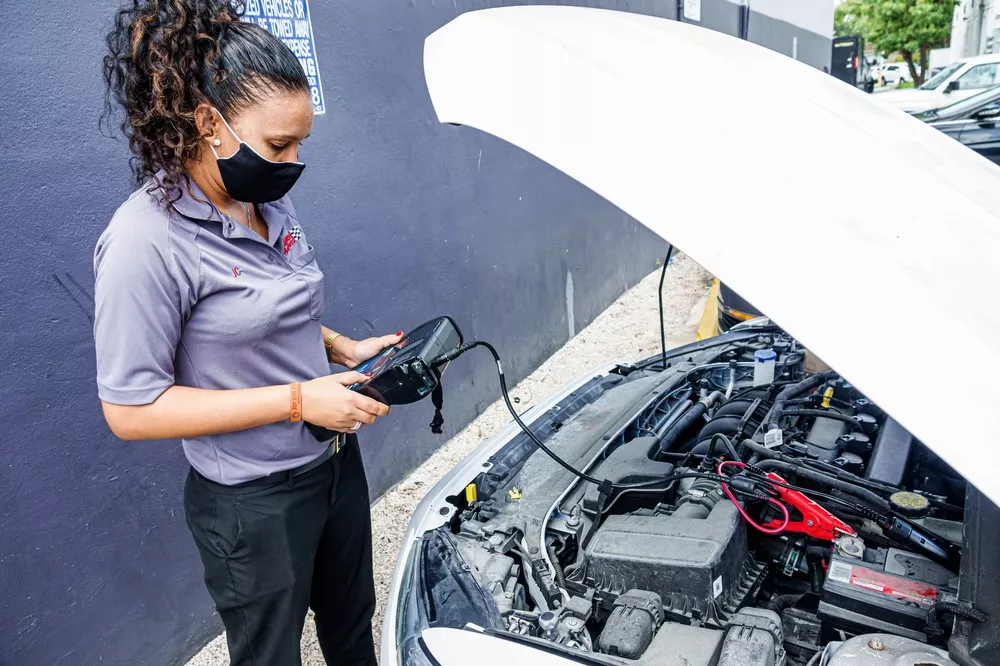If you are unable to afford your child support payments, there are a few options available to you. First, you can contact your local child support office and ask about a modification to your payment amount. If you and the other parent agree to the modification, you will need to submit a new child support order to the court for approval. If you cannot reach an agreement with the other parent, you can request a hearing with the child support office. At the hearing, both parents will have an opportunity to present their case and the child support office will make a determination as to whether or not a modification is warranted. If a modification is granted, the new child support order will be sent to the court for approval.
Another option available to you is to request a hardship waiver from the child support office. A hardship waiver will allow you to temporarily stop making child support payments if you can prove that you are experiencing a financial hardship. To qualify for a hardship waiver, you must be able to provide documentation of your hardship (e.g., loss of job, medical bills, etc.). If your hardship waiver is approved, you will not be required to make child support payments until your financial situation improves.
If you are still unable to afford your child support payments after exhausting all of your options, you may be subject to enforcement actions. Enforcement actions are taken by the child support office in order to collect past-due child support from parents who are behind on their payments. Enforcement actions can include wage garnishment, seizure of assets, and suspension of driver’s, professional, and recreational licenses. If you are facing enforcement action, you should contact an attorney to discuss your options and to ensure that your rights are protected.
If you are a non-custodial parent, you may find yourself in a difficult financial situation if you are unable to afford child support payments. While it is important to make every effort to meet your obligations, there are some steps you can take if you find yourself in this situation.
First, try to negotiate a payment plan with the other parent. If you can come to an agreement on a reduced payment amount or a temporary suspension of payments, this can help ease the financial burden. Be sure to get the agreement in writing so there is no misunderstanding later on.
If you are still unable to make payments, you can contact your state’s child support enforcement agency. They may be able to help you set up a payment plan or modify your existing child support order.
Finally, if you are still struggling to make ends meet, you may want to consider filing for bankruptcy. This may help you get relief from some of your other debts, freeing up more money to put towards child support.
If you are struggling to afford child support, there are options available to you. Be sure to explore all of your options and make the best decision for your family.



